Restoring forests and converting lawns along streams and in communities are some of the most important things we can do to improve water quality, support wildlife habitat, and give communities and families spaces to connect to nature.
Pennsylvania has ambitious goals for:
- Planting 95,000 acres of streamside buffers statewide
- Converting 10,000 acres of lawn to meadows or forests in the Chesapeake Bay watershed
- Planting millions of trees in communities
Who’s digging all those holes, planting all those trees and seeds, and doing the follow up to make sure the new forests and meadows survive?
Water Quality and Environmental Goals Increasing Workforce Needs
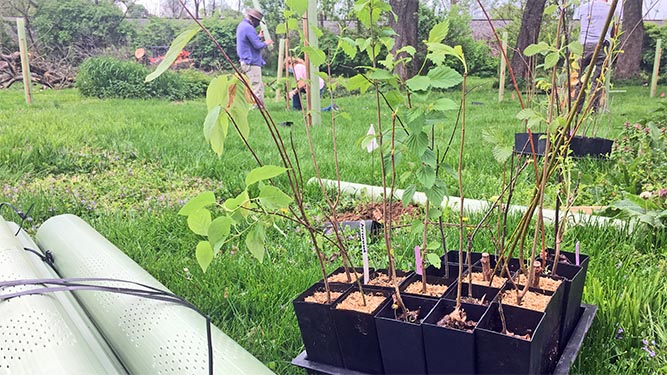
For more than eight years, the Pennsylvania Department of Conservation and Natural Resources (DCNR) has been leading an effort to build a network of staff and partners to plant trees along streams and in communities.
Federal and state dollars available for these best management practices is growing.
“The demand for forest restoration and sustainable landscaping with natives is creating new opportunities for entrepreneurs and existing landscaping businesses,” DCNR Secretary Cindy Adams Dunn said.
“Frankly, there are not enough qualitied workers to do all the conservation work needed. For years, most of this work was carried out by volunteers related to watershed groups and other conservation groups,” said Gregg E. Robertson, who provides government relations for the Pennsylvania Landscape and Nursery Association. “But the need and demand for this work has increased enormously as we have come to terms with the impacts of climate change and the need to keep our water resources clean.”
“While volunteer efforts can still play an important role in the conservation work that needs to be done, the volume and the increasing sophistication of the work needed requires professional-level resources,” Robertson said.
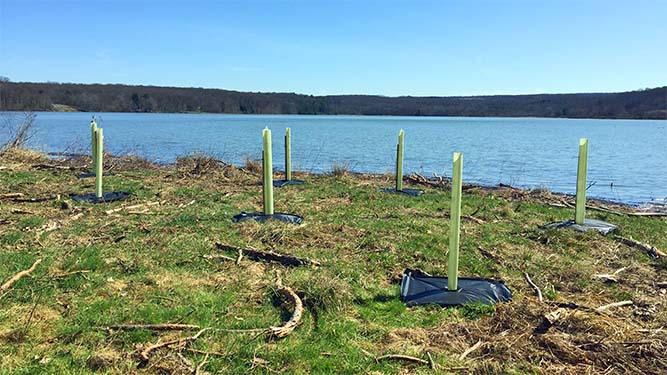
Robertson also noted it’s not possible to instantly create a workforce with the education and skills needed, saying, “The conservation industry will need to prove that it has long-term staying power so that potential conservation professionals can expect reasonable career longevity and compensation.”
“At this point, we have nowhere near enough workers in conservation practice implementation to meet our water quality and environmental goals,” said Ryan Davis, Senior Forests Projects Manager for the Alliance for the Chesapeake Bay. “This applies to both the professionals who work for agencies and organizations to conduct outreach and coordinate projects, and to the companies who focus on implementing the projects.”
Demand for a Conservation Workforce
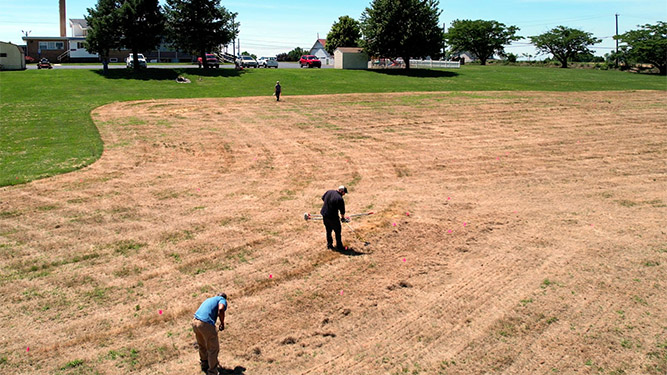
Some practices, like converting lawns to meadows are not very expensive and are ultimately an investment that saves money.
“There is currently a tremendous amount of demand for that work, but few companies and contractors who serve the interested residents in implementing those practices,” Davis said. “Training also is an immediate barrier, and any efforts to increase knowledge on how to implement these projects would help.”
DCNR Ecosystem Products and Markets Specialist Robbie Colville said, “There is a shortage of trained service providers for ecological landscaping and forestry services to get agroforestry practices scaled up.”
“Some of the demand for outreach; management planning; practice design, site preparation, and planting; establishment care; and marketing support is being met by innovative farmers, amateurs and professionals, and entrepreneurs,” Coville noted. “I’m hopeful that trend will continue, but there is a significant need for more training both for producers, entrepreneurs, and technical assistance providers of many kinds.”
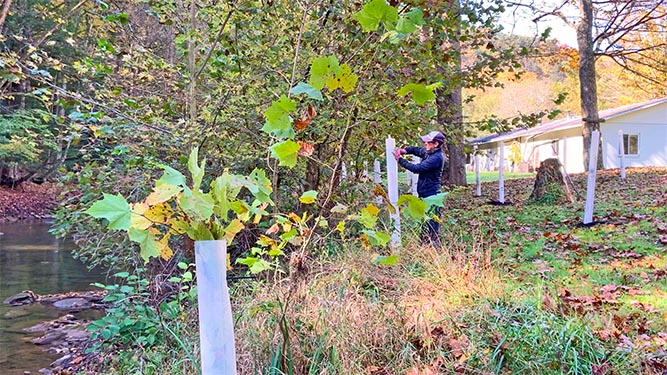
We are getting to the point where we are beginning to generate more demand than there is current capacity to implement projects in Pennsylvania according to DCNR Watershed Forestry Program Manager Teddi Stark.
“Especially when it comes to those who have and can mobilize the special equipment required to plant lawn-to-meadow projects,” Stark said. “We also seem to not have enough professionals interested and able to conduct the necessary post-planting establishment care and maintenance all buffer, lawn-to-forest, and lawn-to-meadow plantings require to thrive in the long-term.
Growing Native Landscaping and Restoration Workforce Skills
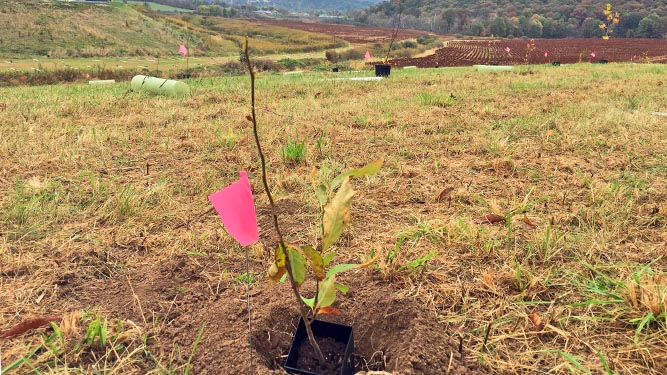
There are several efforts underway to train workers on the technical skills required to implement these practices.
“There are a few great certification programs that are out there, but much more comprehensive efforts need to be in place to help meet the need more robustly, to help interested people make the jump from where they are now, to really getting trained and into a sustainable position with an existing business, or to start their own new companies,” Stark said.
Some programs that offer training and certification are:
“There also are great opportunities to create programs for people with barriers to employment, though this needs to be addressed in a way that helps those individuals through the whole process, and the jobs need to pay a living wage,” Stark said.
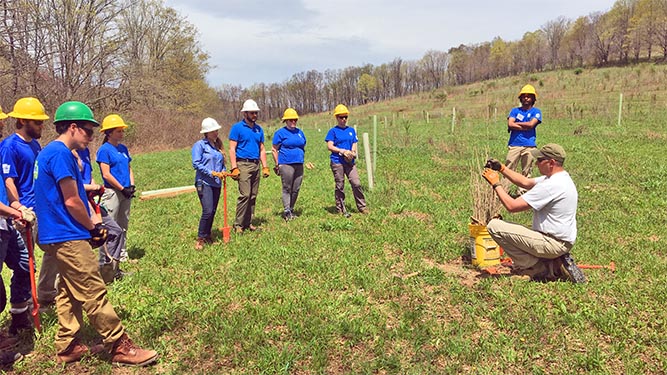
One example of that work is DCNR’s partnership work on the Correctional Conservation Collaborative, which focuses on green job training for currently or formerly incarcerated individuals.
To demonstrate that there are defined career paths for people interested in exploring this conservation work, from high school onward, the Pennsylvania Outdoor Corps offers work experience and job training to young people age 15 to 25.
DCNR’s Robbie Coville also suggested supporting early adopters; apprenticeship programs; highlighting demonstration sites to learn from; creating more ‘work and learn’ opportunities; and technical assistance provider training are important starts.
And generating demand among landowners is key.
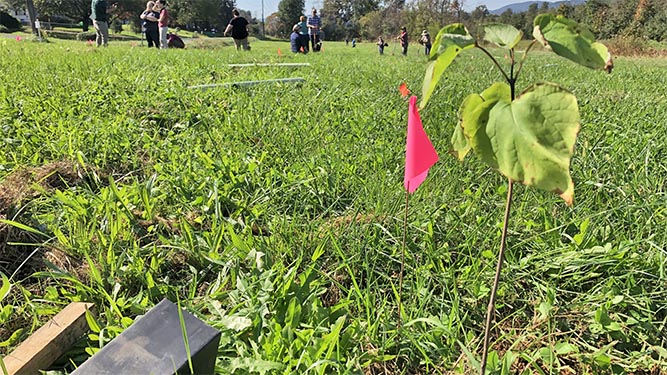
“As an example, there is unmet demand for weaving materials and craft supplies that can be harvested from riparian buffers, but there are few people with familiarity on the methods and markets needed to tap into that opportunity,” Coville said. “As we build workforce capacity for those methods and markets, there will be more demonstrations of riparian buffers reaping those benefits, and that builds more appeal for landowners considering these practices.”
Long-term attention to increasing skills for best management practices in the workforce will result in restored forests and tree canopy, and a decrease in non-native mowed lawn -- providing many benefits to the environment and to people.